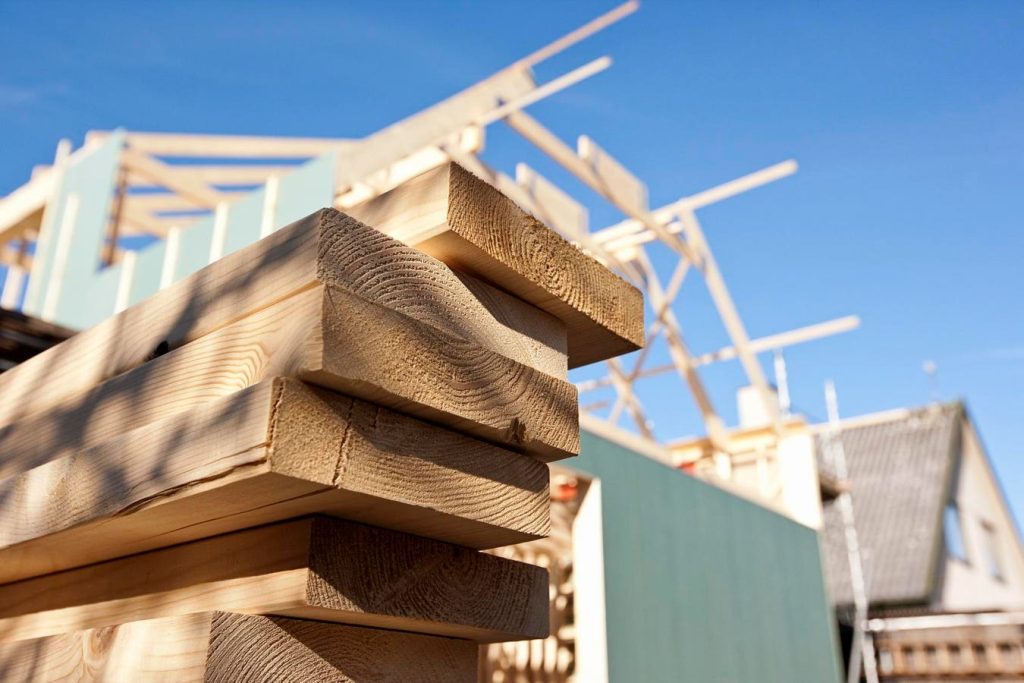Jen Stout, MBA, a co-founder of Healthier Homes and author of Healthier Homes, has been an advocate for sustainable and healthy living. She highlights the significant progress made in environmental conservation over the years, with a cultural shift towards recycling and caring for the environment. Industries like construction and furnishings manufacturing are also making responsible changes to reduce waste and pollution, focusing on energy efficiency and sustainable practices. The increase in trees in the U.S. is attributed to responsible forestry programs.
Despite progress in outdoor environmental conservation, the rate of chronic diseases in the U.S. continues to rise, with 6 in 10 adults affected by one or more chronic illnesses. While outdoor air quality has improved, indoor pollution has become a significant yet overlooked issue. The EPA has identified indoor air to be up to 10 times more polluted than outdoor air, with newly constructed homes having higher concentrations of volatile organic compounds (VOCs) due to off-gassing from materials.
The use of cheaper construction materials and furnishings containing substances like formaldehyde and solvents has contributed to indoor air pollution. Stricter energy codes and tighter buildings have also exacerbated the issue by trapping airborne emissions inside homes. This highlights the need for a focus on both outdoor and indoor environmental conservation to protect public health.
The impact of the environment on human health is significant, with nearly 90% of people’s time spent indoors. Short- and long-term exposure to indoor pollution can lead to various health issues, including respiratory diseases, heart disease, cognitive deficits, and cancer. It is crucial for individuals to consider the quality of their indoor environment, as it can have a profound impact on their well-being.
The article addresses common misconceptions about green materials used in construction and building. It highlights that just because something is considered “green” does not necessarily mean it is safe or healthy for indoor use. Recommendations are made for alternatives to traditional green materials to minimize health risks and create wellness-inspired living spaces.
Ultimately, incorporating a mix of sustainable and non-toxic materials inside the home is crucial for creating healthy living environments. By considering both sustainability and wellness implications in construction and design, individuals can ensure that their homes promote health and well-being. Jen Stout’s advocacy for healthier homes serves as a guide for individuals and industries to prioritize environmental conservation and public health in their practices.


